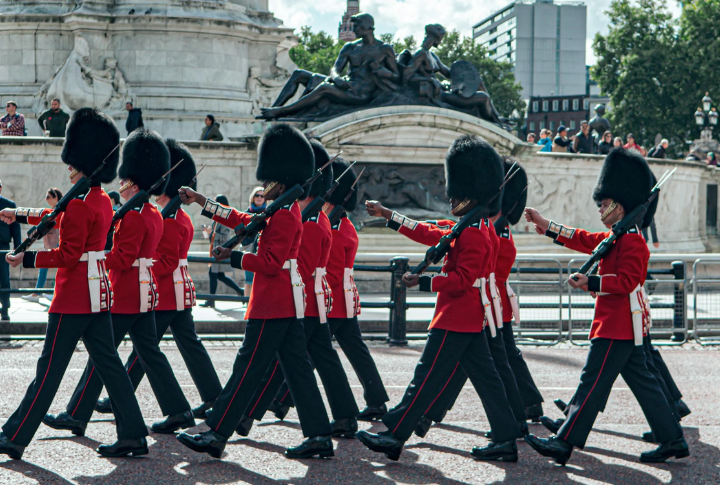
The Queen’s Guard endures harsh weather while upholding strict codes that control every movement. Beneath the tradition lies a world of unspoken rules, and each shift tests both physical endurance and mental focus. These 10 truths reveal several traditions that are hiding in plain sight.
The Silent Warning System
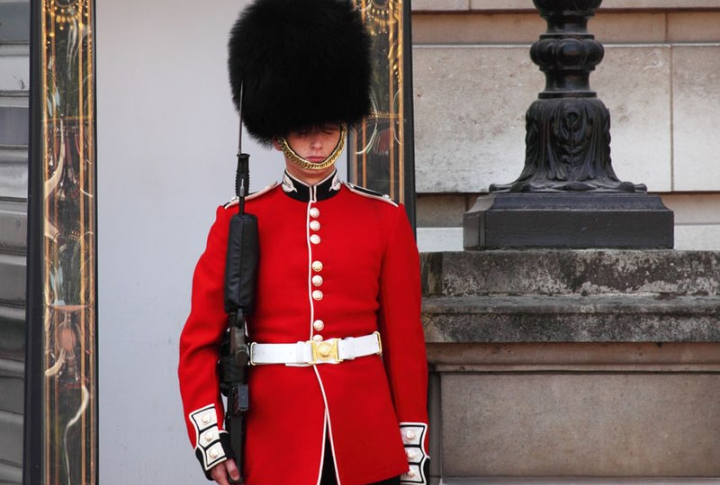
Crossing a guard’s invisible boundary triggers an abrupt command—sometimes just two words: “Step back.” This isn’t random. Guards follow strict protocols that dictate when verbal warnings are necessary. Fail to comply, and you might witness the rare moment when a guard takes action.
The Weight Of Tradition

The signature bearskin hats look regal, but they weigh around 1.5 pounds. Originally designed to make soldiers appear taller, these towering headpieces have been worn since Napoleon’s defeat. Rainy days turn them into burdens, but duty demands endurance, no matter the discomfort.
The Hats’ Chinstraps Serve A Protective Purpose
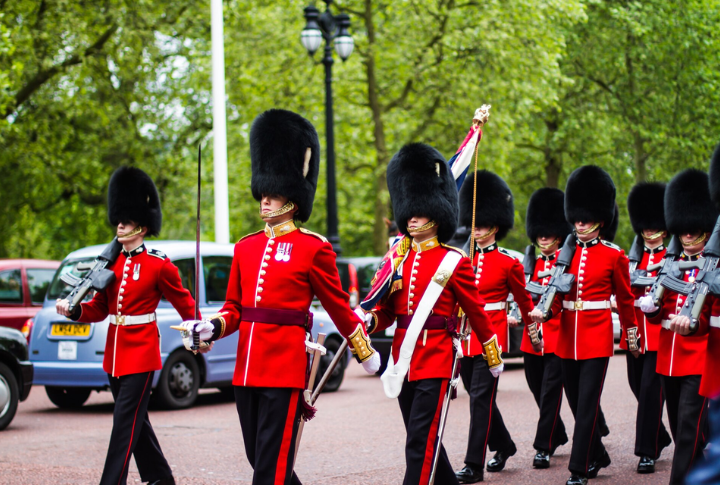
The chinstrap, a leather strip sitting across the guard’s upper lip, keeps the bearskin hat secure. If something hits the tall hat, the strap lets it fall instead of pulling the guard’s head. This simple design lowers the risk of painful neck injuries during accidents or strong impacts.
The Fainting Protocol

Standing motionless for hours isn’t easy. In 2011, a guard outside St. James’s Palace fainted, keeping the tradition intact even as he hit the ground. How? When heat and exhaustion strike, guards follow an unusual rule: fall forward, never backward. This prevents uncontrolled movements and maintains dignity.
The Hidden Bathroom Struggle
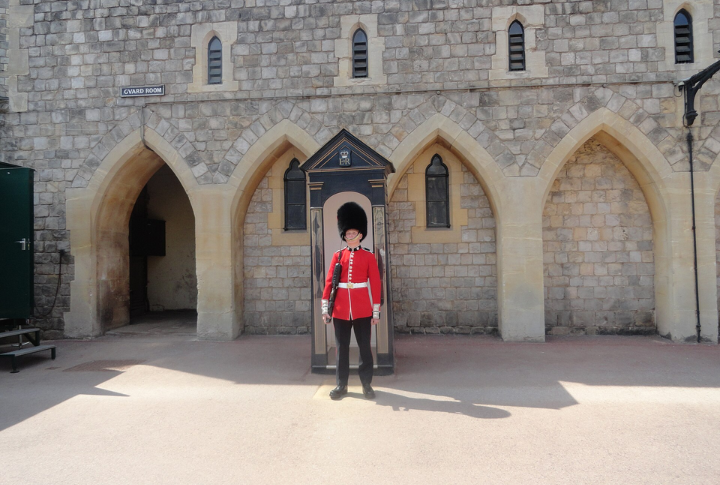
Royal guards stand motionless for two-hour shifts with no scheduled bathroom breaks. Strict rules prevent them from leaving post, even for basic needs. To manage this, some discreetly use absorbent pads, a long-standing military solution, and wear black wool trousers that help conceal accidents.
The Forbidden Smile

Smiling on duty breaks protocol and may result in formal discipline. A few guards have faced consequences after letting a laugh slip. With cameras constantly watching, a blank expression becomes part of the role. Even the most creative prank fails to crack a trained guard’s composure.
The Secret Behind The Red Jackets
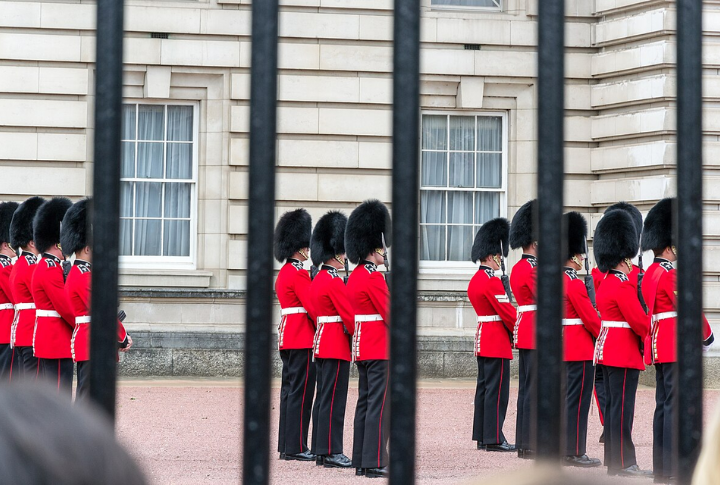
A long-circulated myth claims red jackets concealed blood stains, but military historians have disproved this. The British Army adopted red in 1645, primarily because red dye was inexpensive and provided visibility in battle. Though phased out for combat, red coats remain a hallmark, worn by regiments such as the Household Division during official events.
Weapons Aren’t Always Loaded

Queen’s Guards carry L85A2 assault rifles, but these weapons are typically unloaded unless there is a confirmed security threat. This practice dates back to their ceremonial origins, where discipline and presence mattered more than firepower. However, armed police remain nearby to handle any real threats.
The Rigorous Fit For Role Inspection
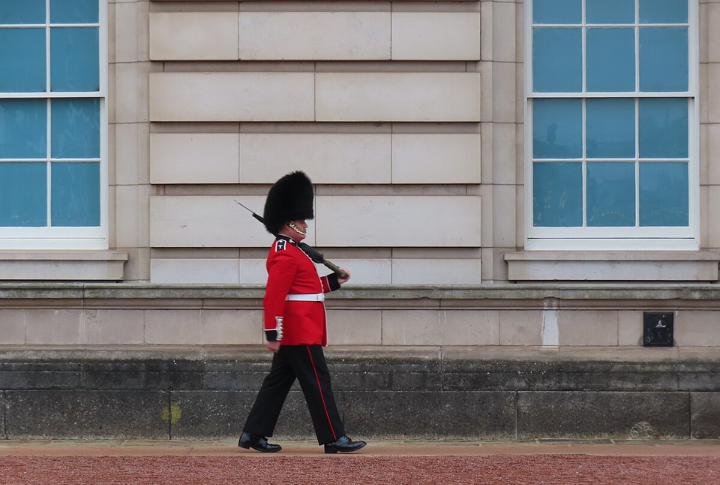
Before they step into public view, guards face strict inspections. Flawless uniforms are only the beginning; posture and discipline must meet the same level of precision. Nothing escapes notice, not even a crooked button, because royal standards leave no room for error. Even minor infractions can delay a guard’s service.
The Gurkha Guards’ Unique Training
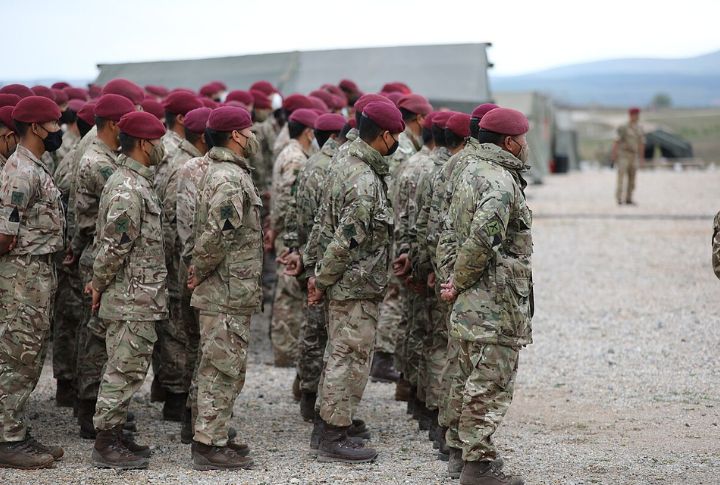
Not all Queen’s Guards follow the same customs. Gurkha soldiers, elite troops from Nepal, serve the British Army through a long-standing tradition. When assigned to royal duty, they complete specialized training. Their uniforms differ, their pace moves quicker, and kukris replace bayonets.

